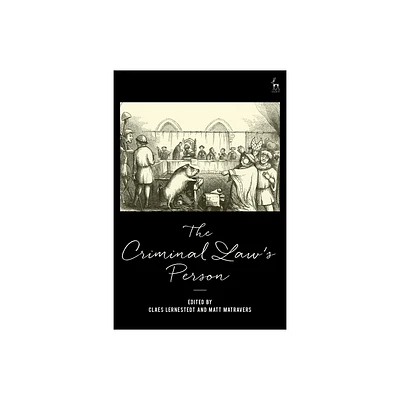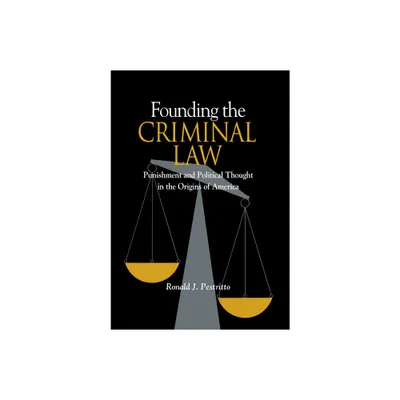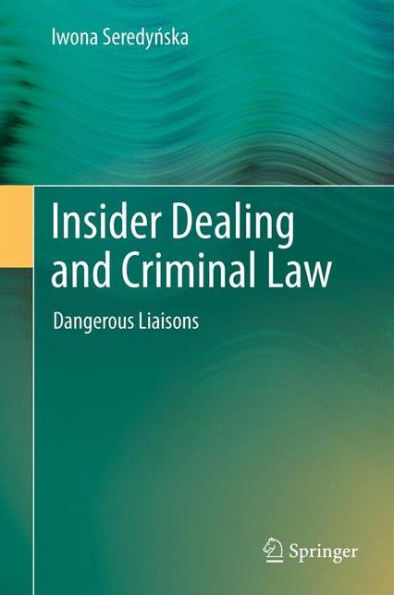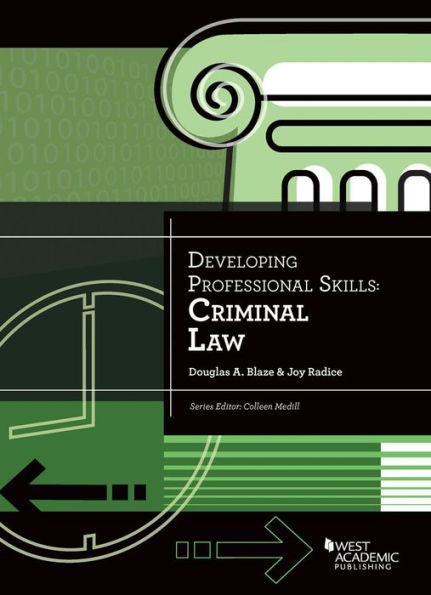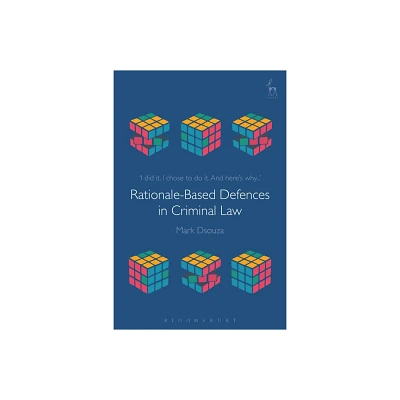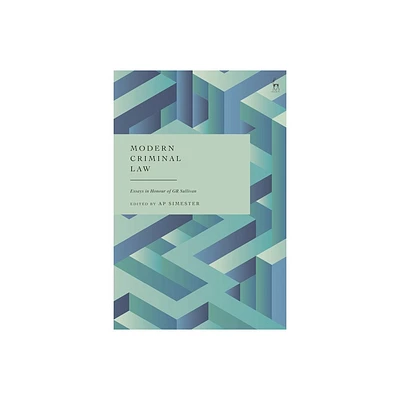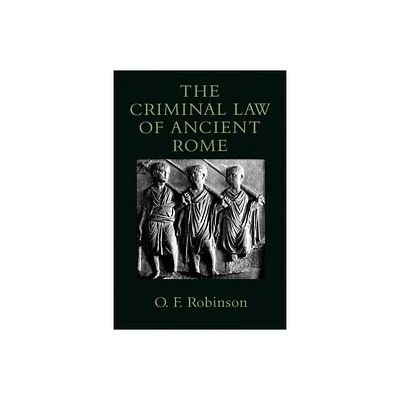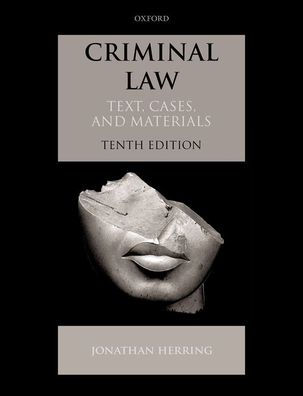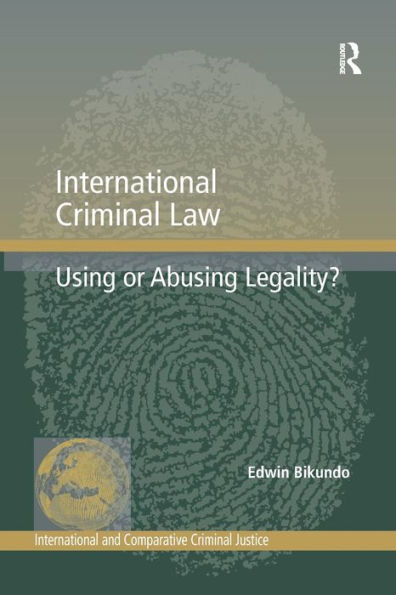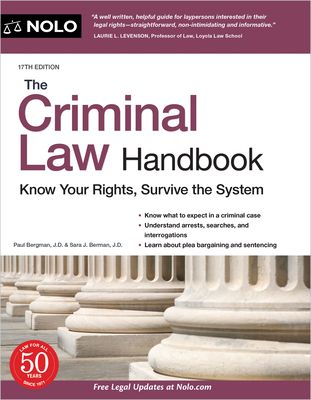Home
Criminal Law: The Basics
Loading Inventory...
Barnes and Noble
Criminal Law: The Basics
Current price: $268.99
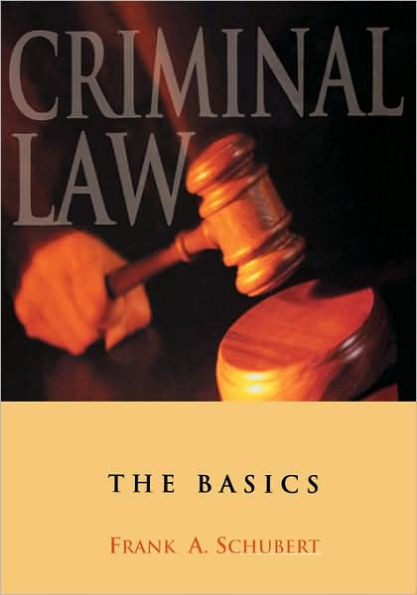

Barnes and Noble
Criminal Law: The Basics
Current price: $268.99
Loading Inventory...
Size: OS
*Product Information may vary - to confirm product availability, pricing, and additional information please contact Barnes and Noble
Frank A. Schubert's
introduces students to the fundamentals of substantive criminal law. It emphasizes two underlying themes. First, the common law heritage that has so influenced criminal law in this country. And, second, the critical role that federalism plays in American criminal law. The first six chapters focus on fundamental topics. In the final two chapters, students apply the concepts they have learned as they discover the elements of many substantive criminal offenses. Coverage includes:
* The common law tradition.
* Criminal and civil law.
* Federalism and the Supremacy Clause.
* Concurrence.
* Federal criminal law.
* The purposes of punishment.
* Procedural considerations.
* Constitutional limitations on the definition and punishment of criminal offenses (Bills of Attainder), sub-stantive due process (precision, privacy, morality), procedural due process ("Megan's Law"), and equal protection, ex post facto laws, and cruel and unusual punishment.
* The criminal act (act or status, voluntariness, omissions, the use of presumptions, double jeopardy considerations).
* Criminal intent (from the Common Law and Model Penal Code perspectives, including a discussion off the important role of resumptions and proof of criminal intent).
* Strict liability.
* Causation (factual, proximate, and independent, intervening causes).
* Complicity (common law and modern approaches).
* Vicarious liability (traditional approach and modern efforts to make parents criminally liable for the acts of their children).
* Inchoate crime (solicitation, attempt, and conspiracy).
* Criminal defenses (lack of capacity, self defense and defense of others and property, mistakes of fact and law, entrapment, alibi, necessity and duress).
* Substantive crimes against persons (homicide offenses, assault and battery, rape and sexual assault, kidnapping, and false imprisonment).
* Crimes against property (including both traditional larceny and related offenses, plus modern consolidated theft approaches, including robbery, extortion, and forgery).
This student-friendly text focuses on the most important aspects of each topic and omits information that is not essential in an introductory course. Schubert relies primarily on carefully edited, highly readable appellate opinions coupled with brief, textual exposition to explain relevant principlesleading students to understand the "what" as well as the "why." Case statutes are often included so that students understand that the legislature, not the courts, primarily defines what is criminal and determines sentencing options.
A unique feature is the supplemental material on the book's comprehensive dedicated Website, which includes cases, text, statutes, dissenting/concurring opinions, and references to relevant online law review articles. The Website will be updated regularly. For instance, when the U.S. Supreme Court hands down a decision on a relevant topic, that case or its summary will be posted along with appropriate links. "How to brief a case" tips and a sample brief may also be found on the Website. A comprehensive Instructor's Manual is also available.
